When an individual is injured due to someone else’s negligence, the path to just compensation winds through the complex labyrinth of the legal system. In these challenging times, understanding the nuances of personal injury lawsuits becomes paramount for those seeking redress. Below, we provide insights into understanding, preparing, and navigating through a personal injury lawsuit. Keep reading to learn more.
Hiring a Personal Injury Lawyer
Choosing the right attorney is pivotal, as the skill and experience of a personal injury lawyer can significantly influence the outcome of a case. The attorney will scrutinize every detail, advising on the best course of legal action.
Once retained, a personal injury lawyer begins the meticulous process of gathering evidence, interviewing witnesses, and compiling a robust factual foundation to support the claim. This includes documenting the extent of the injuries, financial losses, and how the incident has disrupted the claimant’s life. A well-documented case enriched with irrefutable evidence serves as leverage during negotiations and, if necessary, in court litigation.
The attorney-client alliance serves as the bedrock of any personal injury lawsuit. An open line of communication and mutual trust is imperative, ensuring that the claimant remains apprised of every step and decision throughout the proceeding. This relationship is a shield and spear—the defense against unjust accusations and the weapon to assert rightful claims.
Depending on where you are located, you can search for “personal injury lawyer in Las Vegas NV,” for example, to find a qualified litigator in your area. Hiring the right personal injury attorney will be key to getting the compensation you deserve.
Filing the Lawsuit
Filing the lawsuit marks the official commencement of the legal process. This step requires the submission of a complaint within the required statute of limitations. The complaint outlines the nature of the claim, the alleged harm, and the demand for relief.
Accompanying the complaint is the summons, a notification to the defendant about the pending legal action. The defendant then has a prescribed period to respond, either accepting responsibility or contesting the claims. This exchange marks the legal battleground where each party’s narrative and defenses are put into written arguments, setting the stage for the ensuing litigation.
The court plays a supervisory role during this time, overseeing the adherence to rules and deadlines. Pretrial hearings may be set to clarify legal issues, assert jurisdiction, or facilitate a settlement. The judicial system’s infrastructure is designed to promote fair and efficient resolution, balancing the necessity for rigorous examination of claims with the urgency of just and timely restitution for the injured party.
Filing a lawsuit also begins the evidence discovery phase of the case. The discovery process is essential for unearthing pivotal facts. Injury-related medical records, employment reports, and expert testimonies become the foundational pillars supporting the claimant’s case. This phase requires thorough legal craftsmanship, sculpting the raw materials of facts into a compelling narrative for compensation.
Settling the Case
The majority of personal injury cases actually reach a resolution through settlements outside of the courtroom. This typically entails engaging in negotiations with the responsible party or their insurance company. During this crucial phase, your attorney takes on the role of your advocate, fighting for your best interests. They will draw on their expertise and negotiation skills to secure the most favorable settlement possible, taking into account factors such as medical expenses, lost wages, pain and suffering, and future medical care.
There are several potential outcomes when it comes to settling a personal injury case. These outcomes include monetary settlements or judgments, structured settlements, or, in rare cases, dismissal of the case. Your attorney can help establish a realistic view of potential compensation based on their knowledge of similar cases and the intricacies of the law.
If a settlement can’t be reached outside of court, the case proceeds to trial. In this scenario, the final decision rests in the hands of a judge or jury. Both sides present their arguments, witnesses are called, and evidence is examined before a verdict is reached. The trial process can be lengthy and costly but allows for a determinative resolution when settlement negotiations fail.
Overall, the path of a personal injury lawsuit is marked by intricate legal procedures and the relentless pursuit of fairness. Collaborating with a skilled attorney helps ensure that your rights are protected and that you can achieve a fair and just outcome for your personal injury claim.

